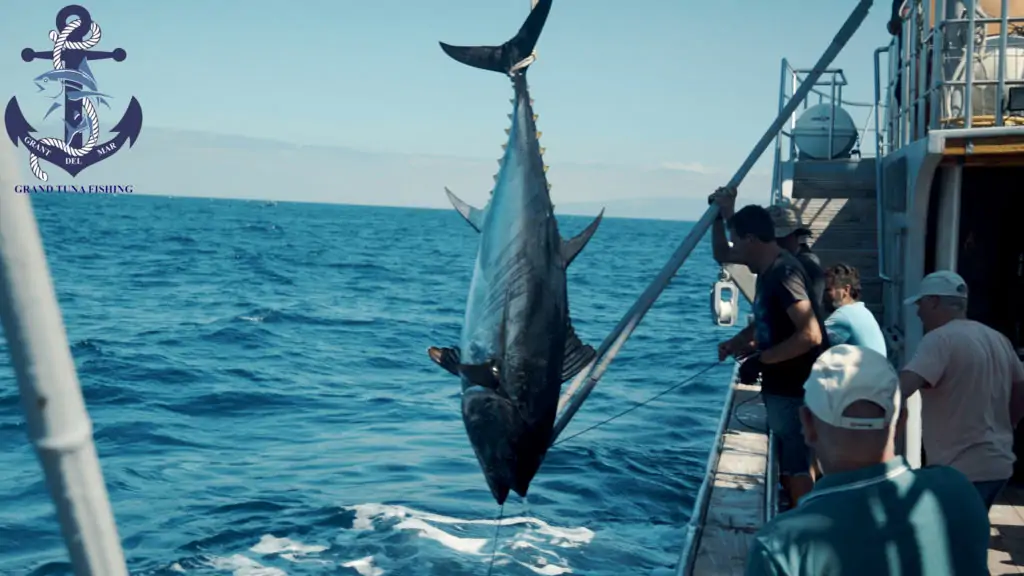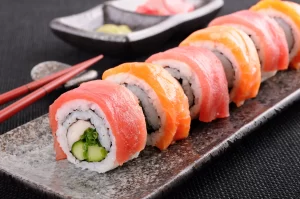Tuna fishing is very popular and exciting for recreational anglers and commercial fishermen alike. This is because different species like bluefin, yellowfin, and albacore are available in the markets.
The duration of the tuna fishing season varies because of several factors; these include the region, the effects of regulations, and how an angler can best be geared for catching these fantastic fish.
Understand Species and Their Habitat Before getting into the nitty-gritty about the tuna fishing season, understanding different species of tuna and their habitats is imperative. Some of the highly pursued species include the following:
Bluefin Tuna: Often termed the “king” of all tuna, these species have bigger and juicier bodies, larger than their counterparts, both in the Atlantic and Pacific Oceans.
Yellowfin Tuna: Yellowfin tunas are swift and agile fish swimming in warm tropical and subtropical waters. They can be seen due to their bright yellow dorsal fin.
Albacore Tuna: This species is often referred to as the “longfin.” They dwell in temperate waters and are often targeted by anglers for their high quality of flavor.
The knowledge of their habitats and behaviors can predict when and where the best fishing opportunities happen.
The Atlantic Tuna Fishing Seasons
The Atlantic tuna fishing seasons vary by species and location in the Atlantic Ocean. For Bluefin, the tuna fishing season generally starts in late May and ends in late November. The peak season is between late June and early September. At this time of year, larger specimens will be taken, particularly along the coastlines of Massachusetts and North Carolina.
Yellowfin tuna is preferred in the warmer waters of the Gulf of Mexico and the Caribbean for fishing. The yellowfin fishing season typically occurs between May and November but peaks during the summer. Many anglers spend their summer months in those southern waters to capture successful conditions.
Albacore tuna fishing usually takes place between June and September, but this is not to be taken for granted because fishing seasons are usually adjusted by local regulations depending on fish populations and the health of the ecosystem.
The Pacific Tuna Fishing Season
Of course, again by location by species- Pacific Ocean fish seasons vary for tuna. A general window for bluefin in the Pacific is late March to late November, particularly peaking for California and Hawaii coast areas during summertime months.
Yellowfin can be targeted year-round throughout the Pacific but tends to have its peak catches late in the spring and summer months. Yellowfin is found across all regions of Hawaii as well as in Mexico and is highly sought by both recreational and commercial anglers.
Other things to consider include that the seasons for fishing might be different in each state or even regionally within the states. California has a well-defined bluefin tuna season, whereas other states are not as strict. NOAA has regulations for sustainable fishing practices; therefore, one should always be aware of local rules and regulations before going out.
Regulations That Influence Tuna Fishing Seasons
Many regulations affect the tuna fishery of America, depending largely on the season. NOAA and regional councils of fishery management set seasons, limits of catch, and the minimum size of the tuna taken.
The Role of Quotas
For instance, the Atlantic bluefin tuna fishery is highly regulated and has set quotas that define the total allowable catch for the year. In commercial fisheries, one of the essential features is a TAC that caps the number of fish that can be taken during any particular year. This management measure allows populations to remain sustainable while providing some legitimate opportunities for anglers.
Size Limits and Bag Limits
Even the size limits control recreational fishing. For example, the Atlantic bluefin tuna must be caught when they reach a minimum length of 27 inches. There is also a bag limit that describes how many fish are to be kept at one time. This will help in ensuring that the regulation of the populations is sustained to guarantee a healthy ecosystem in the long run.
Application of Best Fish and Wildlife Management Techniques to Tuna Fishing
Equipping oneself with knowledge about the tuna fishing season is crucial, but also preparing for a successful experience is important. Here are some best practices that anglers can use to improve their chances of landing impressive catches:
Local hot spots research
One needs to know where to fish during that season. The fish is where it is biting, as depicted by online forums, local fishing reports, and social media groups. Moreover, the mastery of specific fishing techniques like trolling, jigging, or chumming can raise success by multitudes.
Preparations are important to carry out the right gear. Heavy-duty rods and reels would be required to catch huge fish. This is even a very essential role since there is an attraction required that is using the right tackle and bait, be it live bait or lures, to help catch tuna.
Ethical methods in practice
It is possible that the fish population and fishing seasons will be sustained through practicing responsible fishing techniques, including catch and release for smaller or undersized fish. The angler should also practice good environmental stewardship through proper trash disposal and sensitivity to marine habitats.
Conclusion
This makes it clear that the tuna fishing season in America is heavily influenced by species, location, and regulatory practices. Regardless of the seasons from the Atlantic to the Pacific, knowing about the regulations and following best practices are essential parts of any successful fishing experience.
As we continue to enjoy the thrill of tuna fishing, it becomes our responsibility together to ensure that such majestic fish populations thrive for generations. F or affordable fish type, tuna fishing season in America is an important factor to understand. For this, Unimitra Seafood can provide more information as how to purchase in bulk.
So, whether one is a sports angler or a commercial fisherman, understanding and respecting the seasonal dynamics of tuna fishing is critical for sustainability and preserving the pleasure of fishing.




